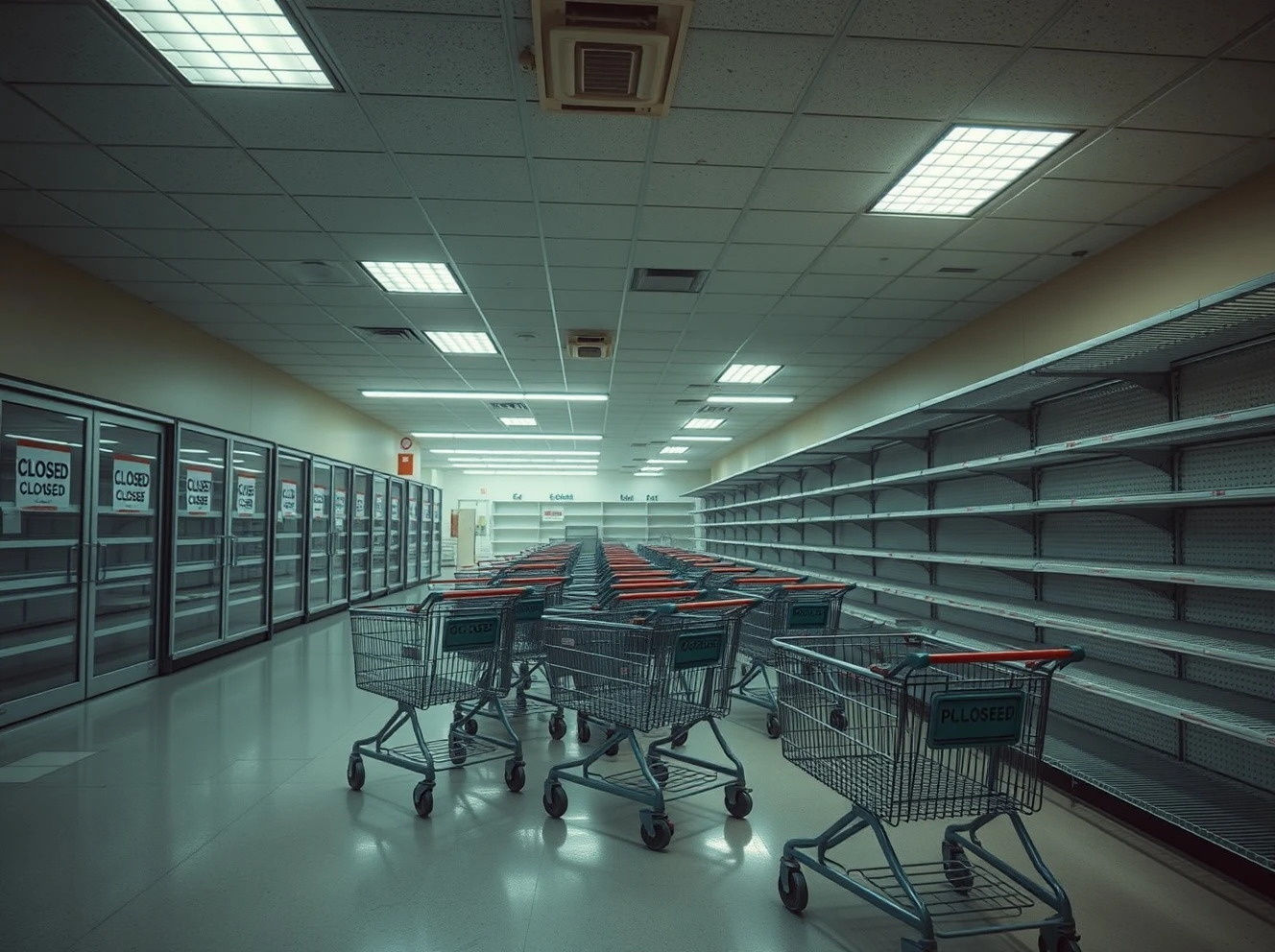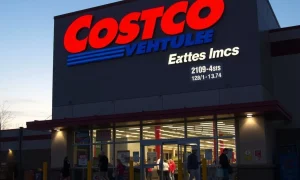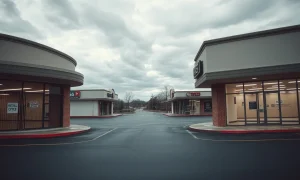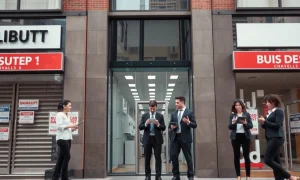A prominent lifestyle retailer faces devastating consequences after a consumer backlash reminiscent of the Bud Light boycott. The company announced immediate closure of 35 locations nationwide. This dramatic decision follows weeks of declining sales and customer protests. Many industry analysts compare the situation to last year’s Bud Light controversy. Consequently, the retailer store closures represent one of the most significant retail collapses this year.
Understanding the Retailer Store Closures Crisis
The retailer store closures affect 35 locations across 15 states. Management made the announcement unexpectedly on Tuesday morning. Furthermore, the decision impacts approximately 1,200 employees directly. Store liquidation sales begin immediately at all affected locations. The company cited “unforeseen market conditions” as the primary reason. However, insiders confirm the retailer store closures resulted from customer boycotts.
Comparing the Bud Light Boycott Parallels
The current retailer store closures mirror last year’s Bud Light situation remarkably. Both companies faced organized consumer backlash. Additionally, both experienced rapid sales declines within weeks. Social media campaigns amplified both controversies significantly. The table below illustrates key similarities:
| Factor | Bud Light | Current Retailer |
|---|---|---|
| Sales Drop | 30% in 3 months | 28% in 2 months |
| Store Impact | Distribution loss | 35 closures |
| Social Media | Viral campaigns | Similar patterns |
Immediate Business Impact Analysis
The retailer store closures create immediate financial challenges. The company expects $45 million in restructuring costs. Moreover, quarterly revenue projections dropped by 18%. Stock prices fell 12% following the announcement. These retailer store closures represent 15% of total locations. The company plans to focus on remaining 200 stores. However, analysts question long-term viability.
Consumer Response and Market Reaction
Customer reactions to the retailer store closures vary significantly. Some express support for the boycott movement. Others lament the loss of favorite shopping destinations. Meanwhile, competitors see opportunity in the situation. Several major chains announced expansion plans. They aim to capture displaced customers from the retailer store closures. The market shift creates both challenges and opportunities.
Future Outlook for Affected Retail Sector
The retailer store closures signal broader industry trends. Consumer activism increasingly influences business decisions. Companies must navigate complex social landscapes carefully. The key lessons from these retailer store closures include:
- Brand alignment with core customer values
- Crisis management preparedness requirements
- Social media response strategy importance
- Consumer sentiment monitoring necessity
Frequently Asked Questions
Which locations are affected by the retailer store closures?
The retailer store closures impact 35 locations across 15 states. Major markets include California, Texas, Florida, and New York. The company published a complete list on their website.
How many employees will lose their jobs?
Approximately 1,200 employees face immediate termination. The company offers limited severance packages. Some workers may transfer to remaining locations.
What caused the consumer boycott?
The boycott began after controversial marketing decisions. Social media campaigns amplified customer dissatisfaction. Sales declined rapidly within weeks.
Will the company survive these store closures?
Analysts remain divided about long-term prospects. The retailer store closures eliminate unprofitable locations. However, the brand reputation damage may persist.
How does this compare to Bud Light’s situation?
Both cases involved rapid consumer backlash. Social media played crucial roles in both situations. However, the retailer store closures represent more immediate physical impact.
What should investors watch for now?
Investors should monitor same-store sales trends. Cash flow management becomes critical. Brand recovery efforts will determine future success.








